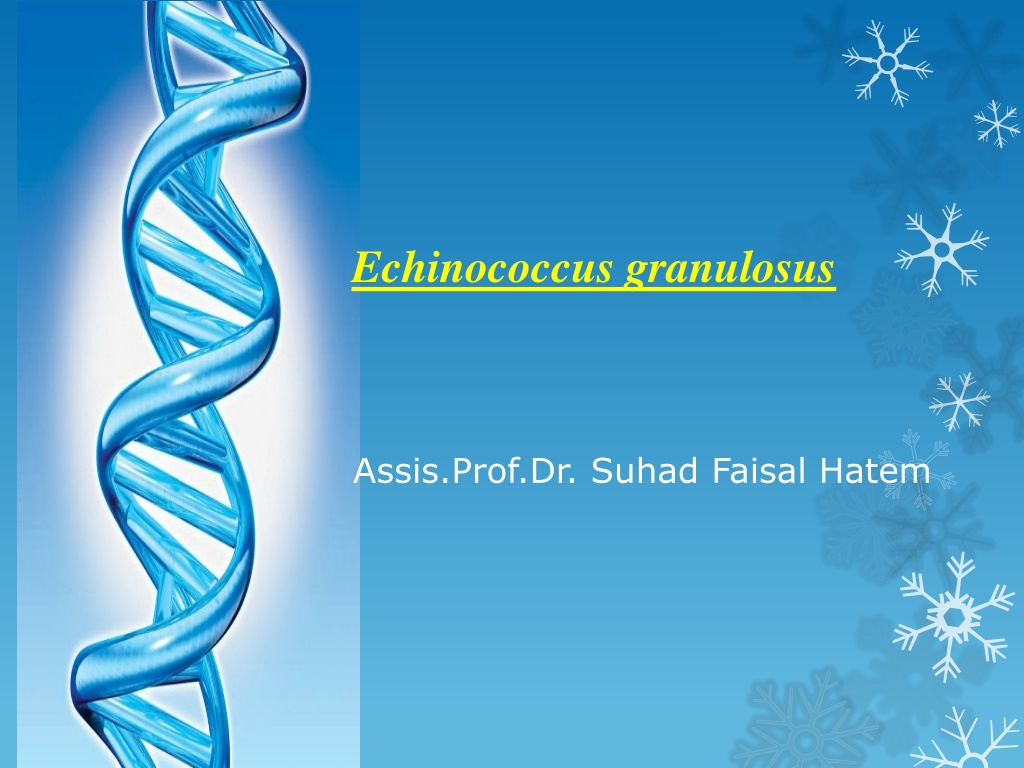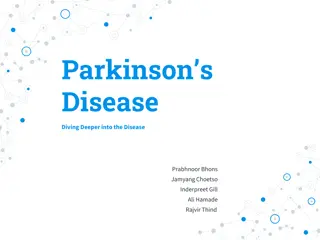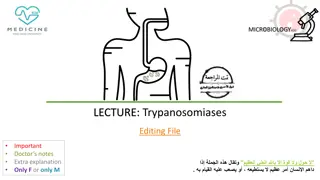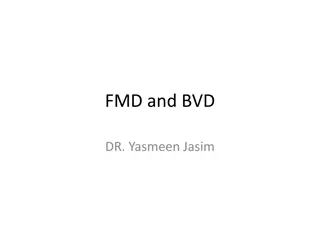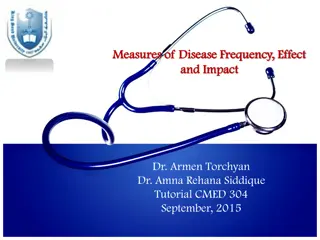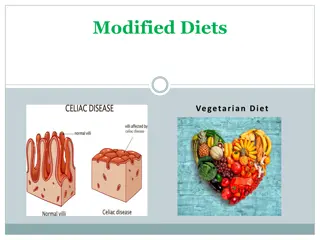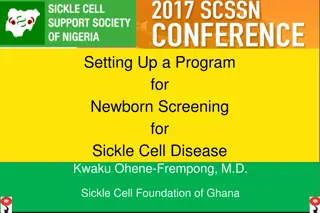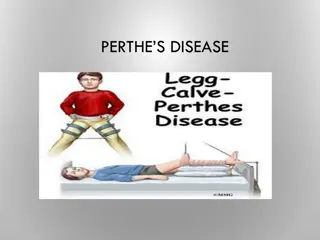Understanding Echinococcus Granulosus and Hydatid Disease
Echinococcus Granulosus, also known as the hydatid worm or dog tapeworm, causes cystic echinococcosis. The tapeworm has distinct characteristics and a complex life cycle involving canids as definitive hosts and humans as accidental hosts. Hydatid disease in humans can be dangerous, with symptoms varying based on cyst location. Laboratory diagnosis techniques include imaging studies, microscopic examination, antigen detection, and PCR. Treatment involves surgical removal of cysts and chemotherapy to prevent recurrence.
Download Presentation

Please find below an Image/Link to download the presentation.
The content on the website is provided AS IS for your information and personal use only. It may not be sold, licensed, or shared on other websites without obtaining consent from the author. Download presentation by click this link. If you encounter any issues during the download, it is possible that the publisher has removed the file from their server.
E N D
Presentation Transcript
Echinococcus granulosus Assis.Prof.Dr. Suhad Faisal Hatem
Echinococcus granulosus Also called the hydatid worm, hyper tape-worm or dog tapeworm, also known as hydatid cysts , found in small intestine of canids as an adult, it causes cystic echinococcosis. Morphology 1-The adult tapeworm ranges in length from 3 mm to 6 mm. 2-Has four suckers on its scolex ("head"), and E. granulosus also has a rostellum with hooks. 3-Has three proglottids ("segments") immature proglottid, mature proglottid and a gravid proglottid. The average number of eggs per gravid proglottid is 823. 4-The lifecycle of E. granulosus involves dogs and wild carnivores as a definitive host for the adult tapeworm. Definitive hosts are where parasites reach maturity and reproduce. Sheep, serve as an intermediate host. Transitions between life stages occur in intermediate hosts. 5-Humans can be exposed to these eggs by "hand-to-mouth" transfer or contamination.
Life cycle: File:Echinococcus Life Cycle.png
Pathogensis &Symptoms Hydatid disease in humans is potentially dangerous depending on the location of the cyst. Some cysts may remain undetected for many years until they become large enough to affect other organs, cysts are slow-growing, infection. Symptoms are then of a space occupying lesion. Lung cysts are usually asymptomatic until there is a cough, shortness of breath or chest pain. Hepatic cysts result in pressure on the major bile ducts or blood vessels. Expanding hydatid cysts cause necrosis of the surrounding tissue. Rupture of cyst fluid can lead to allergic reactions or even death.
Laboratory Diagnosis 1- imaging studies such as X-rays or MRI scans, which are helpful to see the cysts. 2-Microscopic examination of the cyst fluid to look for the characteristic protoscoleces which can be either invaginated or evaginated. The cyst fluid will also reveal free hooklets and tissue debris. 1% eosin may be added to the fluid to determine the viability of the protoscoleces. Viable protoscoleces exclude eosin whereas nonviable protoscoleces take up the eosin. 3-Detection of antigens in feces by ELISA is currently the best available technique, an indirect haemagglutination test ,a complement fixation test and a Western Blot system. 4-Polymerase Chain Reaction (PCR) is also used to identify the parasite from DNA isolated from eggs or feces. 5- Histological examination of the cyst wall after surgical removal.
Treatment 1-surgical removal of the hydatid cysts. Even so, surgery may be necessary in certain circumstances. After surgery, medication may be needed to keep the cyst from growing back. 2-Chemotherapy may need to prevent recurrance preferred treatment because it penetrates into hyatid cysts. Mebendazole (Dosage: 10mg/kg 2x daily for 4 weeks).
